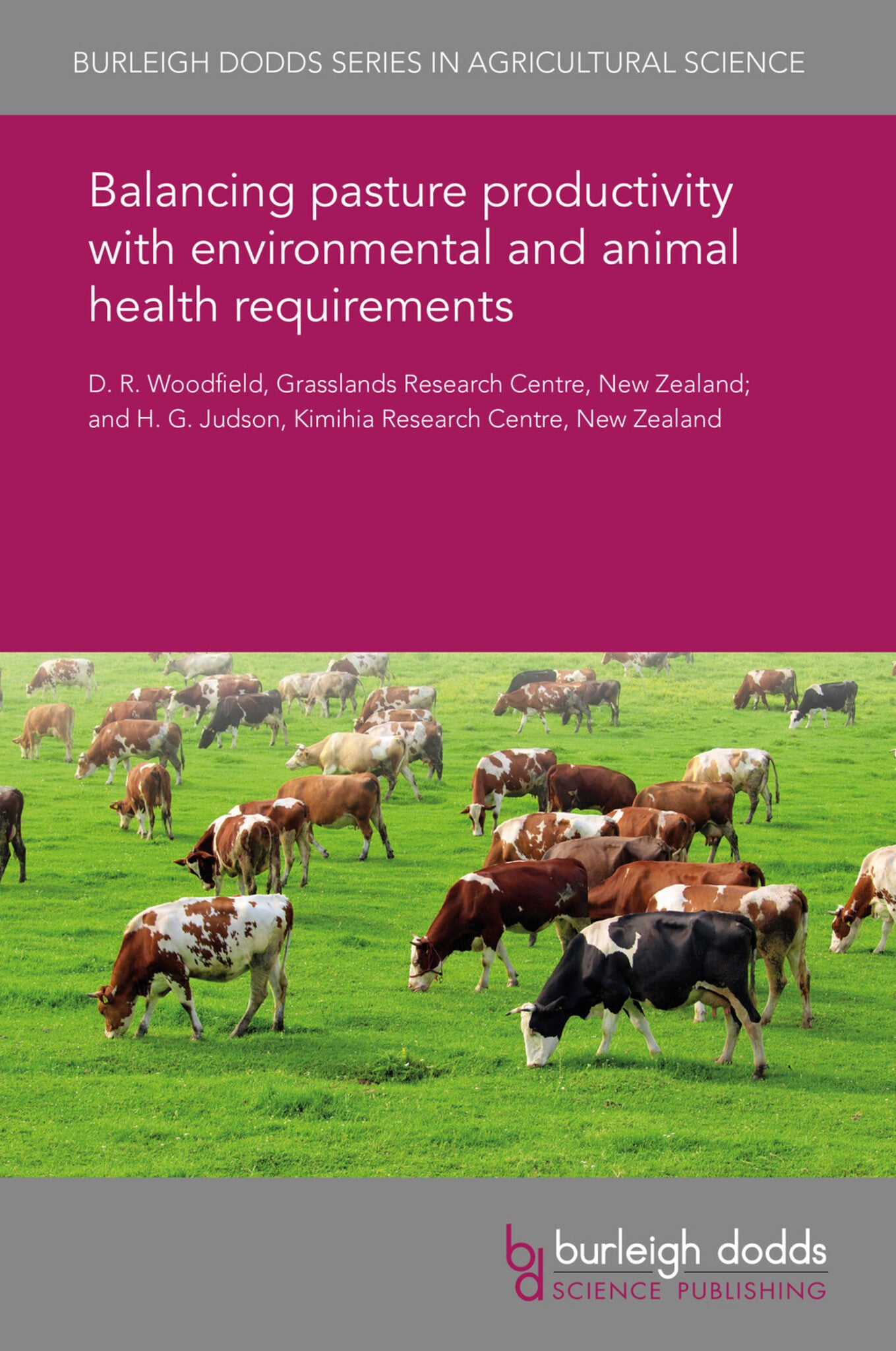We're sorry. An error has occurred
Please cancel or retry.
Balancing pasture productivity with environmental and animal health requirements
Regular price
£25.00
Sale price
£25.00
Regular price
£25.00
Unit price
/
per
Sale
Sold out
Re-stocking soon
Plant breeders face the significant challenge of developing high-performing pasture and supplementary feed crops that maintain the profitability of temperate grassland farming systems while reducin...
Read More

Some error occured while loading the Quick View. Please close the Quick View and try reloading the page.
Couldn't load pickup availability
- Format:
-
26 July 2018

Plant breeders face the significant challenge of developing high-performing pasture and supplementary feed crops that maintain the profitability of temperate grassland farming systems while reducing the environmental footprint and animal health issues. This chapter provides examples of where new cultivars, new species and interspecific hybrids are being developed to meet these genetically challenging environmental targets. These strategies include efforts to reduce agricultural emissions through selection for soluble carbohydrate, lipids and condensed tannins. We also provide examples of where the limited genetic variation available for conventional selection has resulted in transgenic approaches for traits with dual productivity and environmental benefits. The ability of some plantain cultivars to reduce nitrate leaching in grazed systems suggests that exploration of newer species could be beneficial. We also highlight the need for further collection of scarce genetic resources. Lastly, we provide examples of where forage breeding can directly and indirectly improve animal health and welfare.

Price: £25.00
Publisher: Burleigh Dodds Science Publishing
Imprint: Burleigh Dodds Science Publishing
Series: Burleigh Dodds Series in Agricultural Science
Publication Date:
26 July 2018
ISBN: 9781838796891
Format: eBook
BISACs:
TECHNOLOGY & ENGINEERING / Agriculture / Forestry, Plains and grasslands, TECHNOLOGY & ENGINEERING / Agriculture / Sustainable Agriculture, Sustainable agriculture, Forestry and silviculture

1 Introduction 2 Nutritive value 3 Reduced nutrient loss 4 Greenhouse gas mitigation 5 Genetic resources 6 Animal health and welfare challenges 7 Future trends 8 Where to look for further information 9 References



